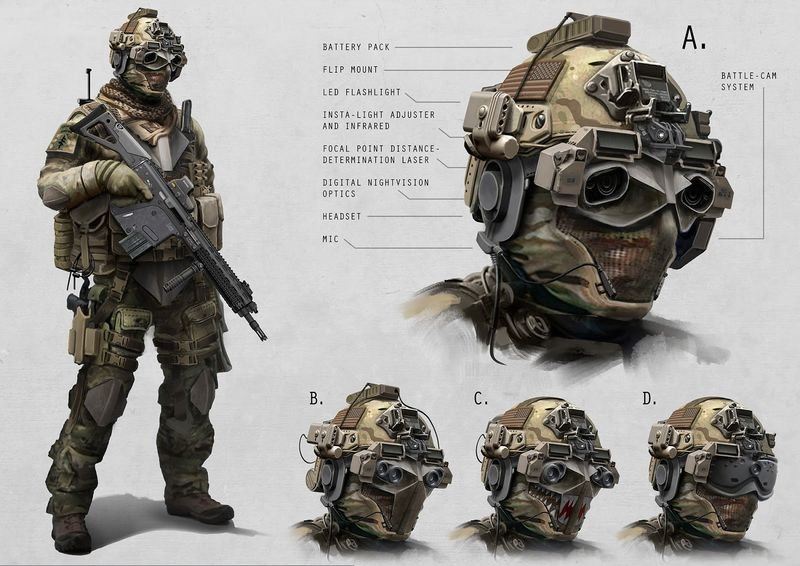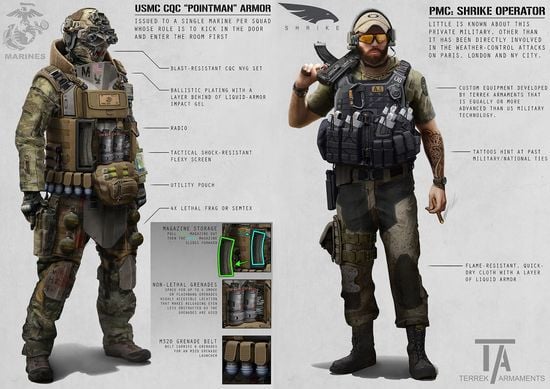No products in the cart.

Cyber Warfare Everything Changes
by Sid Vanderloot
Introduction
Principles of warfare and conflict date back to prehistory. The earliest recorded origin of warfare date to the Stele of Vultures 2500 B.C at the British museum, revealing early Sumerian warfare.
Conclusively, the evolution of conflict and warfare has accompanied the advancement of civilization from its most primitive stages to our present day society. The art of warfare has remained the same throughout history up until the very last few centuries in terms of sophistication and technological advancement; the advent of the nuclear age may have changed the global perception of chivalry, code of ethics and knighthood to preventing major conflicts in fear of this dreaded weapon. The moral dogma of defense and offense has been replaced from honor and ethical code by mass annihilation at the click of a button, where technological military warfare has remodeled society to confirm with this transformation. This constant dynamic change in technology has produced a sophisticated adversary that cannot be conquered through traditional military tactics or use of advanced weapons. This adversary may have the capability to operate from within the national lines of defense of a country or deep within the highest military chain of command for a nation. Never in history has humanity witnessed this level of military sophistication through the use of information technology and electronic communication. This technological evolution in information warfare gave birth to a more sophisticated warrior, trained to utilize information technological tools as weapons of defense or engagement. Hence, it is possible for a ground soldier to interact with military headquarters through the use of military satellites, informing the soldier of tactical military intelligence, exact navigational coordination, infrared digital images of enemy positions and estimated numbers of hostiles, for example. Ironically enough, technology has allowed civilians to follow ground operations live through a multitude of media channels, where in many cases, the information flow reaches the spectators before the appropriate news media channels. This growing trend may gradually alter the very fundamentals of all human interaction from social to virtual. Therefore, controlling the inputs and outputs steering all aspects of communication is the critical winning factor of controlling future military conflicts.
The Cyber Warrior
Accordingly, in modern warfare, it may be commonly agreed upon that Information technology supremacy is the supporting scaffold of the defense pyramid as well as the all-knowing eye of military intelligence, assisting the military apparatus maintaining the defensive and launching the offensive against hostile adversaries. This description leads to the definition of information warfare as the use of computer knowledge in attacking the enemy’s electronic infrastructure, a term applied when referring to different aspects of information and Cyber military engagement, which involves information gathering, reconnaissance, interception or psychological information deception, for example. According to the description above, it would be difficult for a nation to survive external cyber military attacks without a comprehensive information technology defense strategy in relation to current norms and standards. This hypothesis may be explained through the common agreed upon fact by both researchers and industry, that most of the modern world public system infrastructures is highly dependent on digital equipment for efficiency. The fast pace digitization of modern infrastructure has resulted in the need to connect digital equipment in many occasions across rural distant geographical regions, which has led to cheap alternative communication media in the form of the internet as a communication media for private data exchange through the public media. This trend may not be limited only to the public sector but in some cases defense sectors may interact electronically through an interconnected mesh of systematically connected devices, using fossilized algorithms and protocols, such as TCP/IP, to exchange sensitive information “privately” from one point to another through the internet. The public sector found benefits in utilizing the cheap Internet alternative by creating a public electronic structure similar to the physical infrastructure in an attempt to reach a wider set of audience. To further elaborate on this fact is to give examples of this integration. One example chosen to represent this electronic interaction of various government initiatives to build an e-government solution, where it simplifies access to government through the use of digital media, although the intent is both objective and subjective, is reaching the most rural areas with a touch of a button. It has created vulnerabilities for malicious attackers to exploit this digital critical infrastructure by accessing private or classified information. Another threat highlighted is the military personnel usage of mobile phones to make phone calls or surf the internet using a personal communication device, such as a smart phone in regions accessible to 3G/LTE or even GSM/GPRS networks, in the midst of conflict, independently without prior authorization reaching an unsolicited audience through social networks, jeopardizing the movements of an entire army. Consequently, this type of communication can be intercepted with ease by a qualified eavesdropper, resulting in enemy communication reconnaissance to intercept sensitive information.
Modern Age Digitization
This is a result of the rapid last decade revolution in the mobility of interaction in the form of Smartphones, handheld tablets and handheld personal digital assistants (PDAs) that have dominated the mobile markets in recent years. Based on a study by a research consultancy, sales of Smartphones will exceed 2.5 billion during the period from 2010 to 2015. The same study refers to the increase of internet usage by 50 fold for the same period.
Taking all these facts into consideration, it is safe to conclude that the next major world conflict will utilize these communication devices effectively. A similar consequence of this increased Internet accessibility may boost the effectiveness of social networks on the Internet, consequently resulting in common virtual social gatherings for malicious groups or Cyber terrorist networks, as may be witnessed today. To increase the burden on nations combating these groups, social networks may support encryption, such as Facebook, for example, thus providing a safe haven for illegal activity that may be difficult to intercept because of local regulations that may deem this practice illegal. But despite all the doom and gloom, technology is not only utilized by the adversary, it is being harnessed by governments to facilitate physical soldiers with the latest technology, creating the Cyber Soldier, equipped with the latest technology, such as tracking GPS, communications, or an array of sensors measuring every aspect of the situation, multi-camera suits, visual satellite access to enemy lines through smart worn devices interconnected to the dot mil networks, allowing soldiers to have navigational, situational, as well as intelligence superiority on the ground in a way never before in the history of mankind achievable as compared to traditional warfare intelligence. This technical enhancement will most probably be targeted by adversary’s experts, to cause disruptions in communication as will these adversaries seek to target facilities catering these soldiers such as Command and Control headquarters in an attempt to immobilize the cyber warriors. As a consequence, the security of these communication facilities is paramount, if not fundamental. Accordingly, this will require a new breed of information technology specialists to be trained to either withstand cyber-attacks launched by the enemy or to engage in electronic warfare, thus ultimately protecting the ground soldier communication and navigation facilities, as well as defending a nation’s infrastructure that caters to the military and defense apparatus.
The Threat
To further discuss this threat, which may have become more impending during the last few decades, because of a variety of reasons to name a few:
-
Cyber warfare is anonymous
-
Cyber-attacks may originate from within the country's borders or from allies
-
The cyber enemy cannot be captured as the attacks take place from the attacking country remotely
-
Cyber warriors are trained in many cases by the defense apparatus or in the private corporate sector with capped funding, scarce resources and inadequate training




A great hacker is really worthy of good recommendation , Henry
really help to get all the evidence i needed against my husband and
and i was able to confront him with this details from this great hacker
to get an amazing service done with the help ,he is good with what he does and the charges are affordable, I think all I owe him is publicity for a great work done via, Henryclarkethicalhacker at g mail com, and you can text, call him on whatsapp him on +12014305865, or +17736092741,